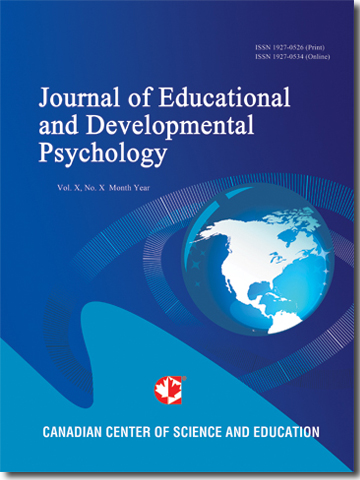Body and Sartorial Paradox in Physical Education: A New Look at the Gender Interaction and Co-Educational System in Physical Education Class
- Wissal Boughattas
- Najwa Moella
Abstract
Since the Tunisian Revolution of 2010, two views (modernism and conservatism) conduct two opposite social projects for the Tunisian population, which affect, in first order, the school from primary to secondary level. The Tunisian educational system is based on co-education, contradicting the country’s conservatism culture. The religious dress (veil/hijab) is accepted and tolerated in schools. Physical education, as an educational discipline, had to adapt to these changes, especially to the religion dress and gender interaction. The aim of this paper is to study, through the representations of physical education’s (PE) teachers, the paradoxes observed between physical practice and religious dress (veil/Hijab) and the management of the co-educational system in PE classes. This is based on the opinion which indicates that this matter requires the student’s body and physical ability to be independent from their gender, dress or motor skills. The results show a difference in opinion between females and male teachers regarding gender interaction and religious dress.
- Full Text:
 PDF
PDF
- DOI:10.5539/jedp.v12n1p14
Journal Metrics
(The data was calculated based on Google Scholar Citations)
1. Google-based Impact Factor (2021): 1.11
2. h-index (December 2021): 29
3. i10-index (December 2021): 87
4. h5-index (December 2021): N/A
5. h5-median (December 2021): N/A
Index
- Academic Journals Database
- CNKI Scholar
- Copyright Clearance Center
- CrossRef
- Elektronische Zeitschriftenbibliothek (EZB)
- EuroPub Database
- Excellence in Research for Australia (ERA)
- Harvard Library
- Jisc Library Hub Discover
- JournalSeek
- JournalTOCs
- LIVIVO (ZB MED)
- LOCKSS
- MIAR
- Open Access Journals Search Engine(OAJSE)
- PKP Open Archives Harvester
- Publons
- ROAD
- Scilit
- SHERPA/RoMEO
- Standard Periodical Directory
- Stanford Libraries
- Technische Informationsbibliothek (TIB)
- UCR Library
- UoB Library
- WorldCat
- Zeitschriften Daten Bank (ZDB)
Contact
- Carol WongEditorial Assistant
- jedp@ccsenet.org
